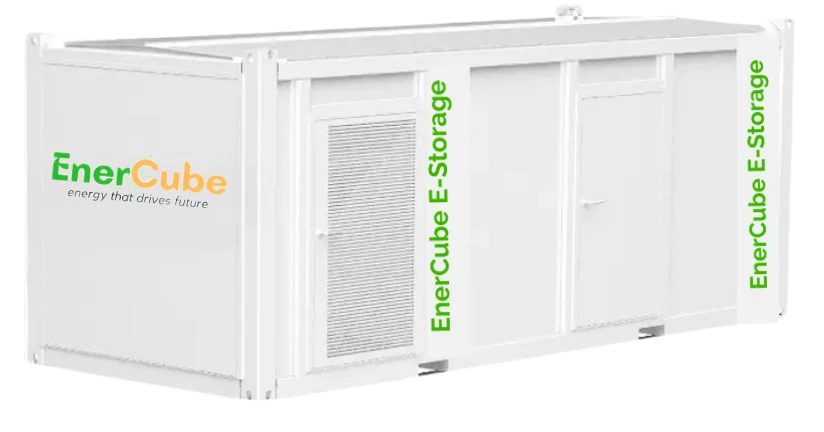Notifications

5 minutes, 20 seconds
-100 Views 0 Comments 0 Likes 0 Reviews

As the world shifts toward cleaner and more reliable energy, energy storage systems (ESS) have become essential for bridging the gap between energy generation and consumption. Whether paired with renewable sources like solar or used to stabilize the grid, an efficient energy storage system relies on several integrated components working in harmony.
In this article, we’ll break down the key components of an efficient energy storage system, explain their functions, and highlight what to look for when evaluating or designing a storage solution.
At the heart of every energy storage system is the energy storage medium—the component responsible for holding the energy until it is needed. The most common types include:
Lithium-ion batteries – High energy density, fast charging, long cycle life
Lead-acid batteries – Cost-effective but lower efficiency and shorter life
Flow batteries – Scalable and long-lasting, suitable for large applications
Thermal storage – Stores energy in heat form for later conversion
Mechanical storage – Includes flywheels, compressed air, and pumped hydro
✅ Efficiency Tip: Choose the storage medium based on the use case—residential, commercial, or utility-scale.
The Battery Management System (BMS) is a critical safety and performance component. It monitors and manages the battery’s operation by:
Balancing cell voltages
Preventing overcharging and over-discharging
Monitoring temperature and current
Extending battery lifespan
A high-quality BMS ensures optimal performance, safety, and reliability of the battery pack.
🔍 Did You Know? The BMS plays a major role in preventing battery fires and thermal runaway.
Also known as the inverter/charger, the Power Conversion System converts energy between AC (alternating current) and DC (direct current) forms, depending on system needs:
Converts DC from batteries to AC for grid or appliances
Converts AC from grid or solar inverters to DC for battery charging
Controls the charge and discharge rate
✅ Efficiency Tip: Look for a bi-directional inverter with high conversion efficiency (≥ 95%).
The Energy Management System is the brain of an energy storage solution. It optimizes when and how energy is stored, used, or exported based on:
Energy consumption patterns
Real-time electricity prices (for grid-tied systems)
Solar generation and load forecasting
Demand response and peak shaving strategies
EMS software can be integrated with AI and IoT for smart, automated energy decisions.
💡 Smart Feature: Some EMS platforms support remote access and analytics dashboards for real-time insights.
Efficient batteries operate best within a defined temperature range. The thermal management system maintains battery temperature to avoid performance degradation or failure.
Includes fans, heat sinks, or liquid cooling systems
Prevents overheating in hot climates and freezing in cold environments
🌡️ Efficiency Tip: Systems with advanced cooling mechanisms can operate longer and more safely under stress.
The enclosure protects the system from environmental conditions (rain, dust, fire hazards) and ensures safety for users.
Weather-resistant casing (IP-rated)
Fireproof materials and compartmentalization
Circuit breakers, surge protectors, and fuses
🔐 Safety First: Always choose systems certified to relevant standards (UL, CE, BIS, etc.).
For monitoring and integration, most efficient energy storage systems include:
Wi-Fi or Ethernet connectivity
Cloud platforms and mobile apps
Integration with Building Management Systems (BMS) or Smart Grids
📲 Pro Tip: A system with remote monitoring and diagnostics reduces downtime and improves maintenance efficiency.
Solar Charge Controller – For solar + storage setups
Generator Integration – For hybrid or off-grid solutions
Modular Design – Allows future expansion of storage capacity
An efficient energy storage system isn’t just about the battery—it’s about how all components work together to deliver reliable, safe, and cost-effective energy. From the battery chemistry and BMS to the inverter and EMS, every part plays a crucial role in performance and longevity.

